What is PCIe 5.0? The latest component bandwidth standard explained
If you've ever wondered what PCIe 5.0 means, we're here to help
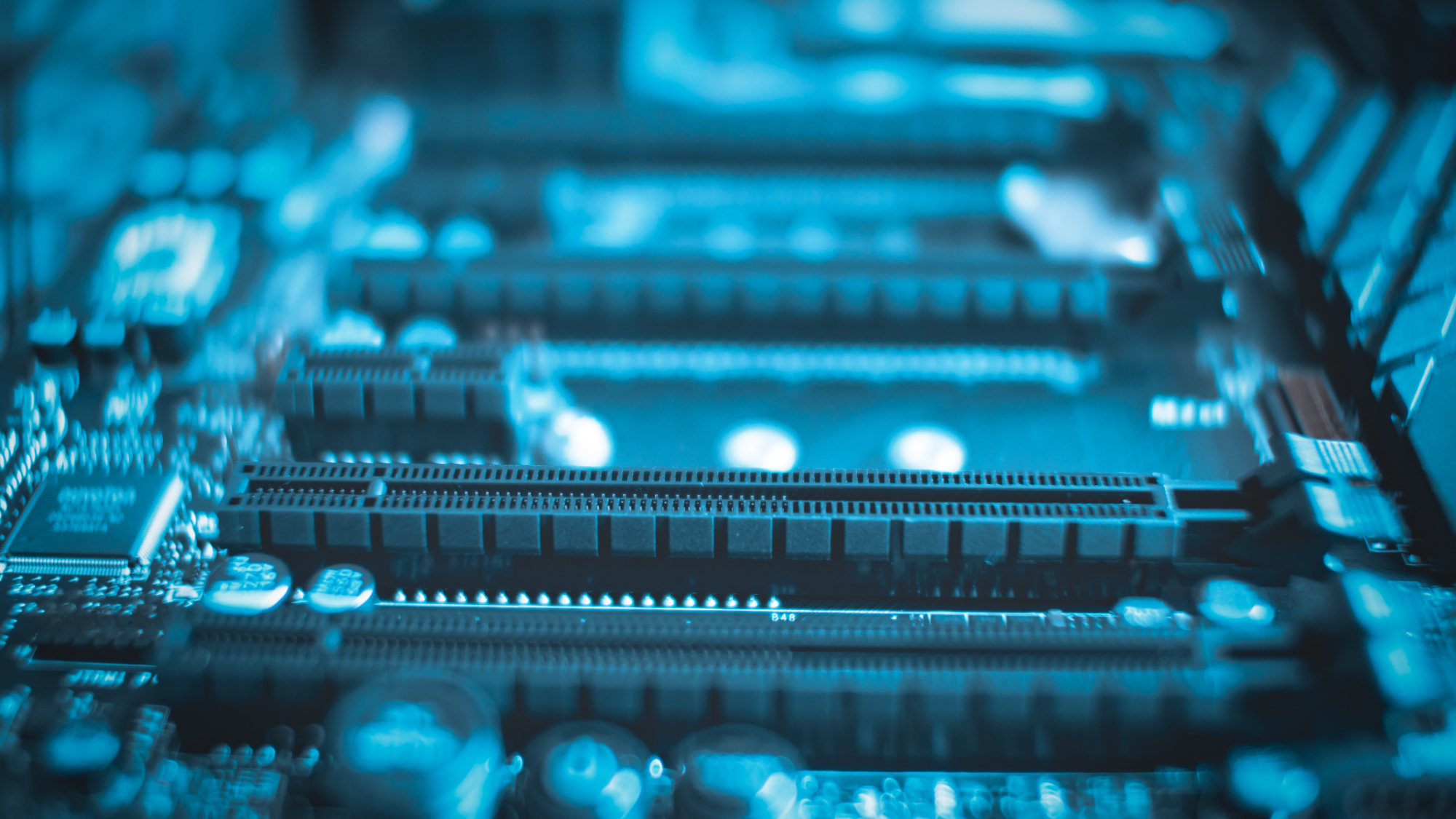
If you're considering building a new machine or upgrading your current gaming PC then you've likely heard the term PCIe 5.0 in relation to bandwidth, memory and components. But what does it actually mean? Furthermore, what does the current Peripheral Component Interconnect Express standard mean for computing in 2025?
The PCIe 5.0 standard is now supported by the best graphics cards (such as the RTX 5090 and RTX 5080) thanks to their PCIe 5.0 x16 slot, the first GPUs to do so. In contrast, Gen 5.0 SSDs (which are some of the best M.2 SSDs) have been widely available for over three years, with leading manufacturers making the most of the greatly increased bandwidth available for effective futureproofing.
Of course, to utilize PCIe 5.0 in your machine, you will need one of the best motherboards that supports the current standard. We recommend one of the best processors at the heart of your machine that's compatible, such as the latest generations from AMD and Intel respectively (anything LGA 1700 and AM5 is supported).
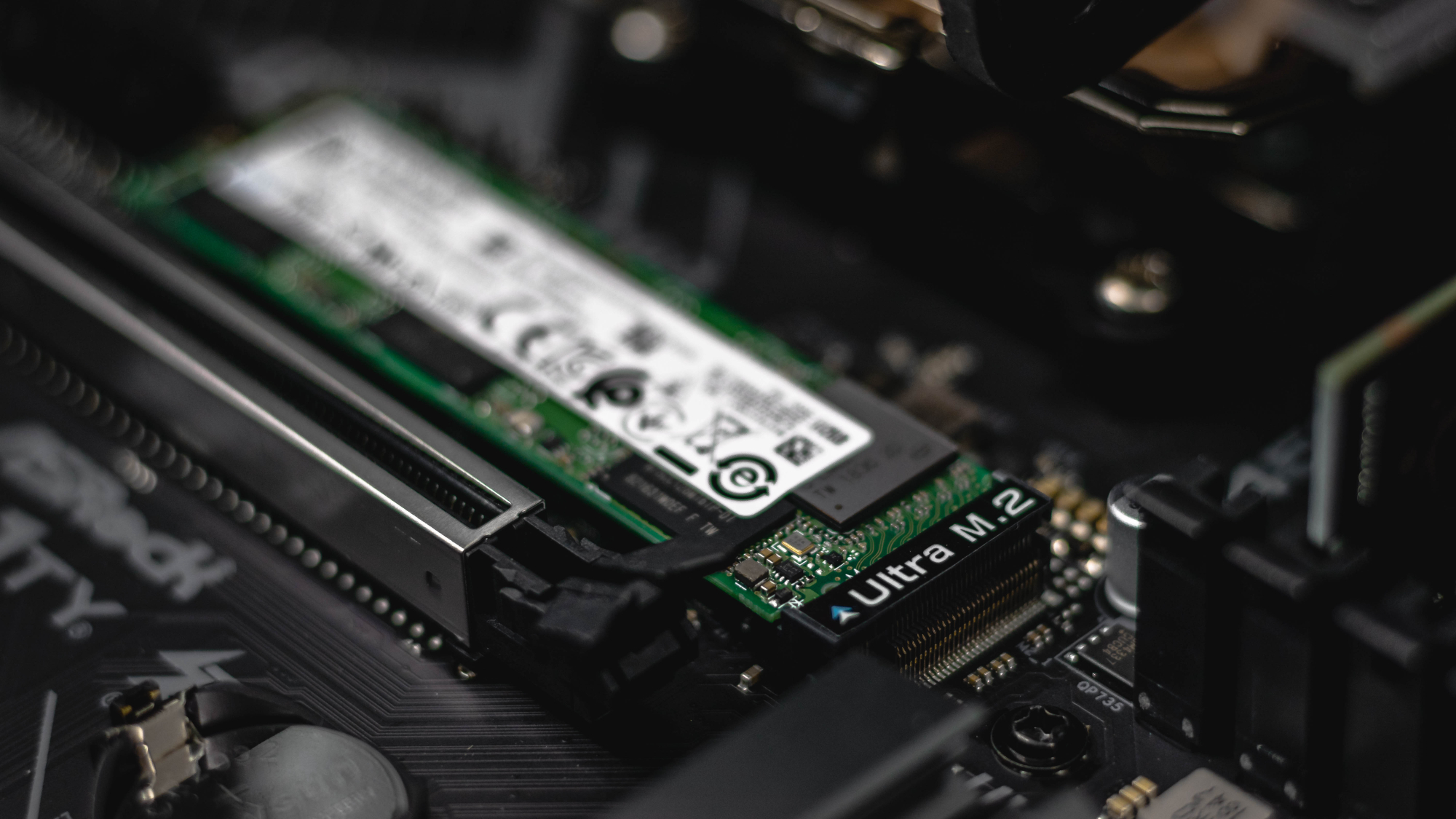
What does PCIe 5.0 mean?
PCIe 5.0 is the latest bandwidth standard of Peripheral Component Interconnect Express for devices such as graphics cards, storage devices, and network expansions.
There are different size slots depending on the device, ranging from x1, x4, x8, x16, and x32, depending on what needs to be installed into the system.
Unlike PCIe 4.0, which has a maximum bandwidth of 64GB/s (or 16 GT/s) with bidirectional travel (twice as fast as PCIe 3.0), PCIe 5.0 is capable of 128GB/s (or 32 GT/s).
In short, that means there's far more data bandwidth available for your graphics card, SSD, and other compatible devices, resulting in much higher performance than the previous standard.
Get daily insight, inspiration and deals in your inbox
Sign up for breaking news, reviews, opinion, top tech deals, and more.
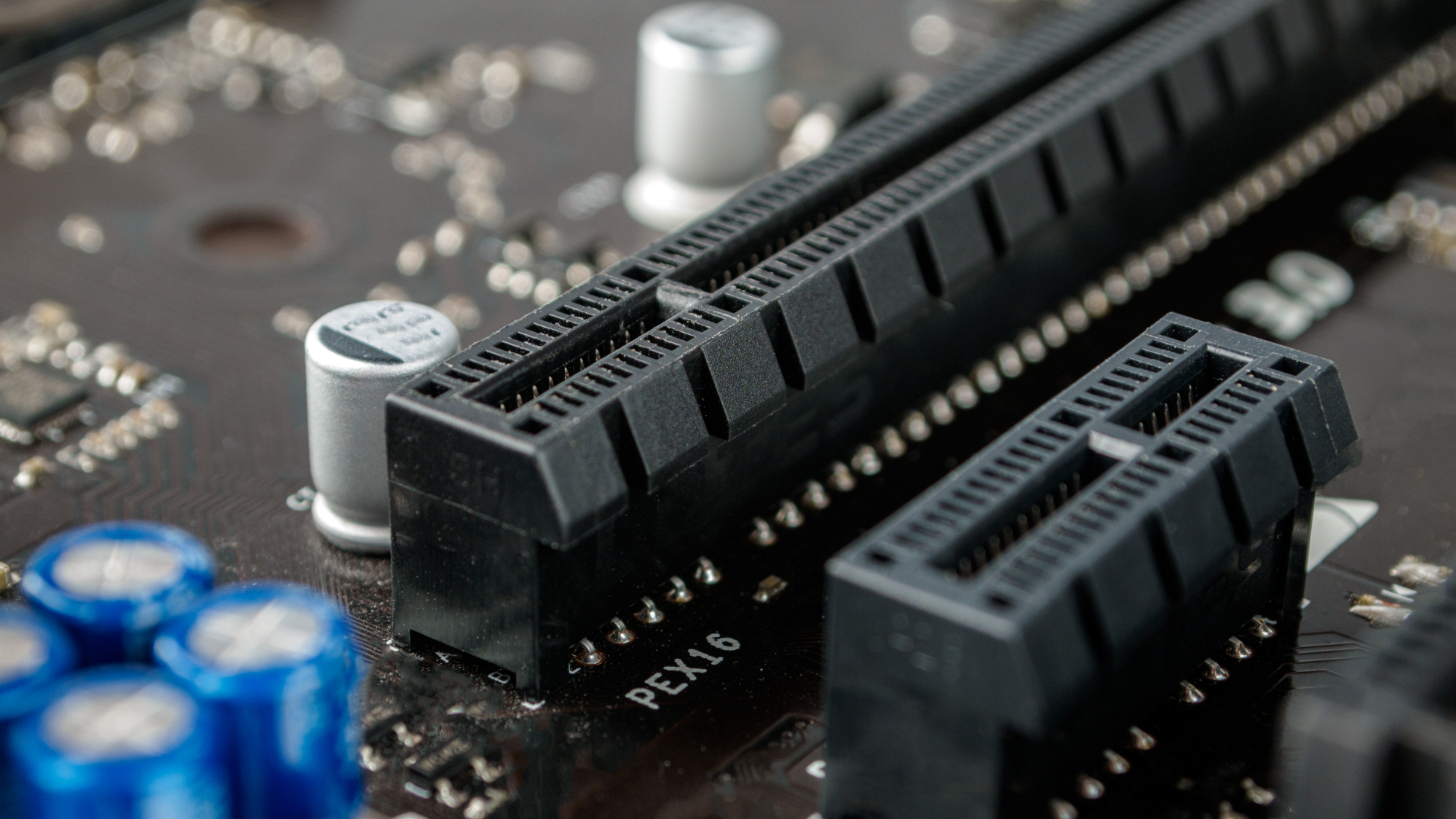
When did PCIe 5.0 come out?
PCIe 5.0 was first released in May 2019, but wasn't widely adopted by hardware manufacturers until 2021 with the introduction of supported motherboards such as Intel's LGA 1700 socket processors, like Alder Lake and Raptor Lake, before they were succeeded by LGA 1851.
Similarly, AMD adopted PCIe 5.0 with its AM5 socket processors, the Ryzen 7000 series in 2022 and the Ryzen 9000 series afterwards.
What are PCIe 5.0 Components?
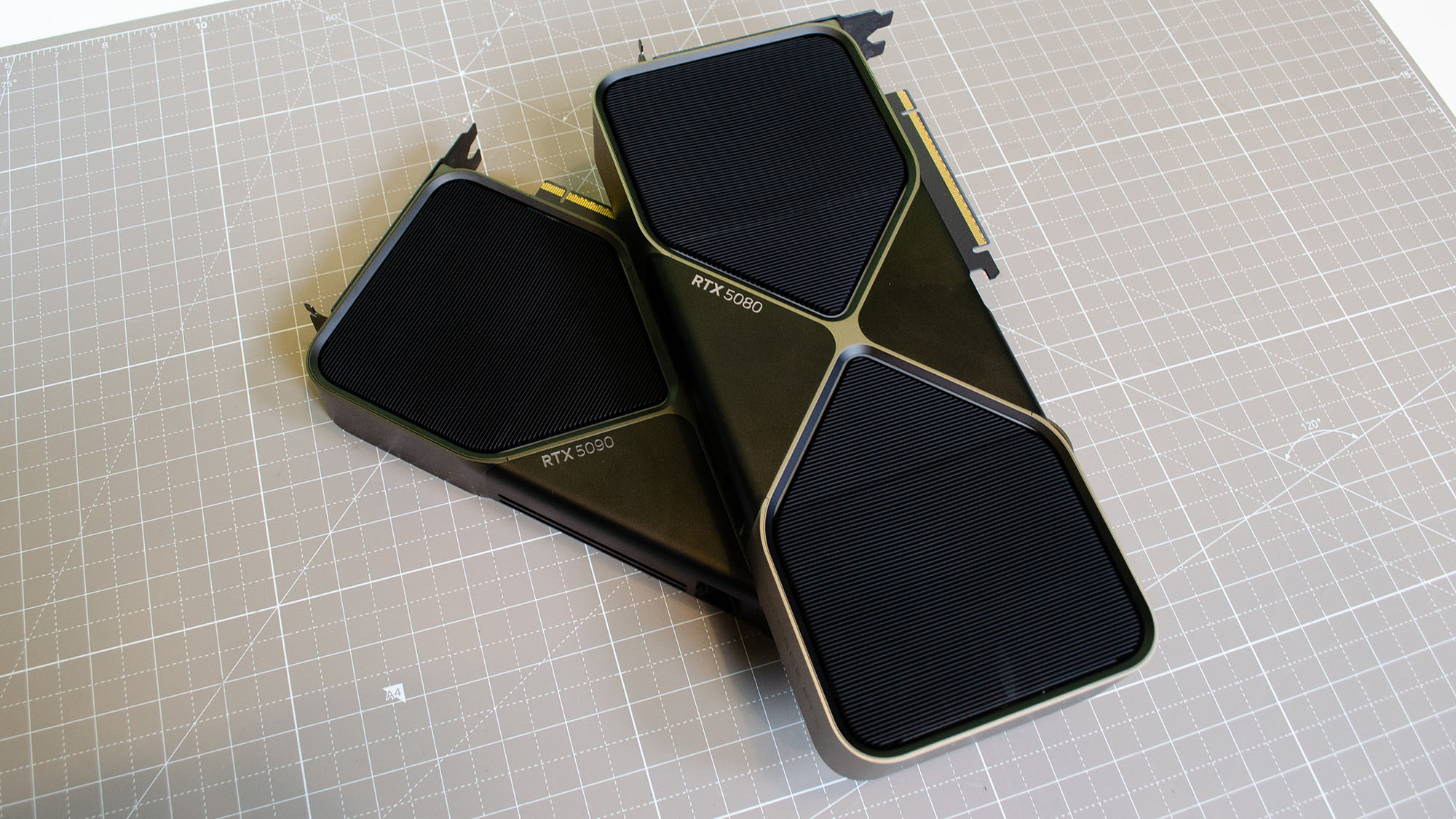
While PCIe 5.0 compliant CPUs and motherboards have been out for a while now, the first PCIe 5.0 graphics card did not release until January 30, 2025 with the debut of the Nvidia RTX 5090. The 64 GB/s bidirectional bandwidth allows for a staggering 1.79 TB/sec in contrast to the former market leader RTX 4090's 1,008 GB/sec.
However, despite having been released more than five years ago, PCIe 5.0 has yet to be properly implemented by hardware manufacturers, but one area that it has excelled in components is through the extra storage speeds possible with M.2 SSDs.
M.2 SSDs are one of the main computing components to directly benefit from the added bandwidth of the PCIe 5.0 standard found in today's motherboards. Also known as Gen 5 NVMe SSDs, these solid state drives plug directly into the motherboard instead of the previous (and slower) SATA SSDs. This means a staggering bandwidth of up to 14,000 MB/s read speeds in contrast to Gen 4 NVMe SSDs with a maximum read speed of 8,000 MB/s (an increase of 75%).
Some leading PCIe 5.0 M.2 SSDs include the Corsair MP700 Pro, Crucial T705, Seagate FireCuda 540, Sabrent Rocket 5, and the Lexar NM1090, among others. Despite the substantial leap in speeds, it's debatable whether or not the bandwidth is even useful to PC gamers and for general computing tasks; we argued that you didn't need one back in 2022, and little has changed more than three years later with regards to utilization.
Do you need a PCIe 5.0 capable PC?

While the current PCIe 5.0 standard allows for staggering bandwidths with today's graphics cards and M.2 SSDs (among other components), you don't strictly need a PCIe 5.0-capable machine in 2025 unless you're building a bleeding edge machine.
It's situational; if you want an RTX 5090 or RTX 5080 to perform at its best then you'll need compliant hardware. However, if you're happy with an older graphics card (such as the RTX 40 series or AMD Radeon 7000 line) then there's no real point in upgrading.
Similarly, while there's a 75% jump in PCIe 4.0 to PCIe 5.0 M.2 SSDs, the extra sequential performance with the read and write speeds (from a maximum of 8,000 MB/s up to 14,000 MB/s) does not have any notable impact on gaming performance at the moment. This could change in the future as games become more complex and hardware-intensive, but it isn't the case in 2025, as many releases are still beholden to console parity, and that means the capped performance of the Xbox Series X|S and the PS5's Gen 4.0 NVMe performance.
What are the downsides of PCIe 5.0?
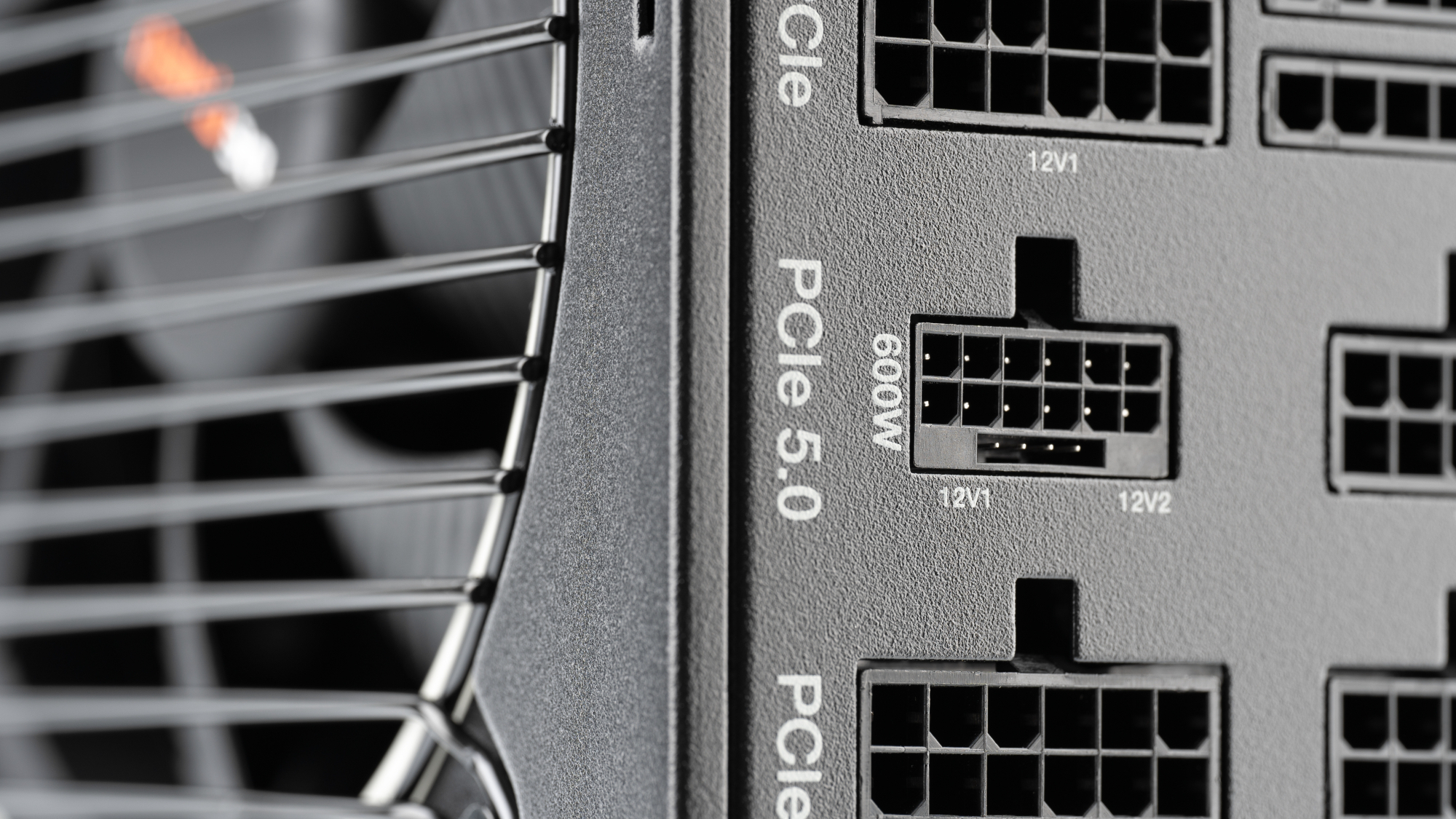
The biggest downside of PCIe 5.0 is that it is not as widely supported as PCIe 4.0 was at the time it was introduced. It's been over five years since PCIe 5.0 debuted and yet its impact in computing has been minimal, with superfast Gen 5 SSDs that do not offer much realistic real world performance, and only two leading graphics cards on the market to use the PCIe x16 port at the time of writing.
Consequently, PCIe 5.0 compliant components are considerably more expensive than their PCIe 4.0 predecessors, and that's by design. Getting your hands on an RTX 5090 and RTX 5080 is incredibly difficult, with Nvidia's flagship graphics card costing a staggering $2,000 (up from the 4090's $1,499 MSRP). Additionally, a new ATX 3.0 PSU (with the latest cables) out of the box is an additional expense, especially if it is fully modular.
Gen 5.0 M.2 SSDs are also pricey, but offer leading performance for the money. Whether the upgrade is worth it for you or not is largely situational, but you'll be paying more for a flagship NVMe capable of 14,000 MB/s up from the (usual) 7,500 MB/s standard seen from Gen 4.0 frontrunners like the Samsung 990 Pro and Kingston Fury Renegade, among others.
You might also like...

Formerly TechRadar Gaming's Hardware Editor, Aleksha McLoughlin is now a freelance writer and editor specializing in computing tech, video games, and E-commerce. As well as her many contributions to this site, you'll also find her work available on sister sites such as PC Gamer, GamesRadar, and Android Central. Additionally, more of her bylines can be found on Trusted Reviews, Dexerto, Expert Reviews, Techopedia, PC Guide, VideoGamer, and more.
You must confirm your public display name before commenting
Please logout and then login again, you will then be prompted to enter your display name.